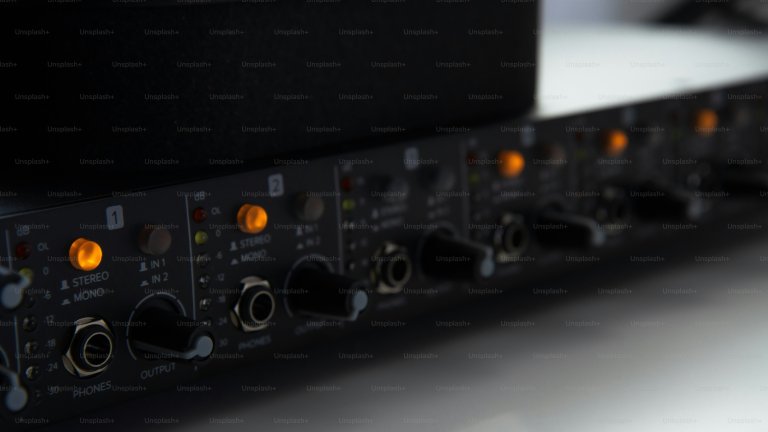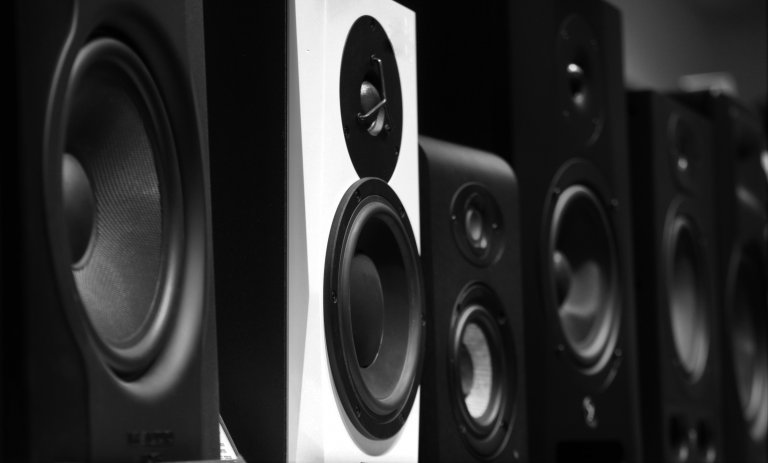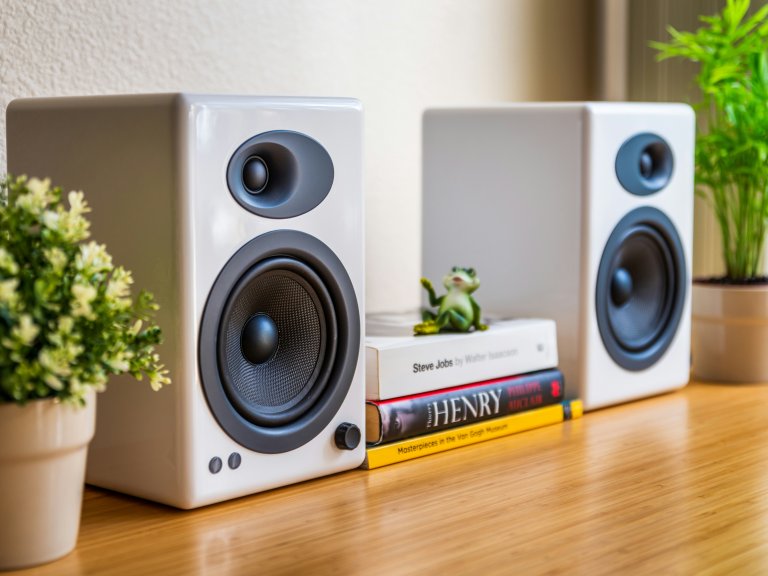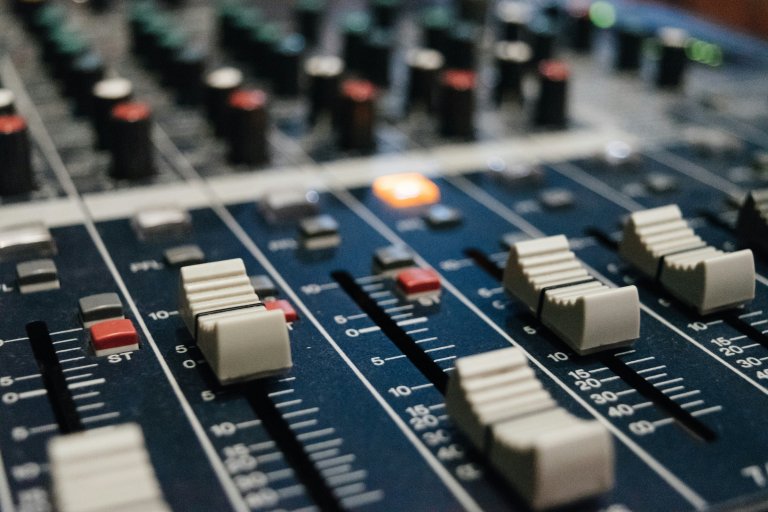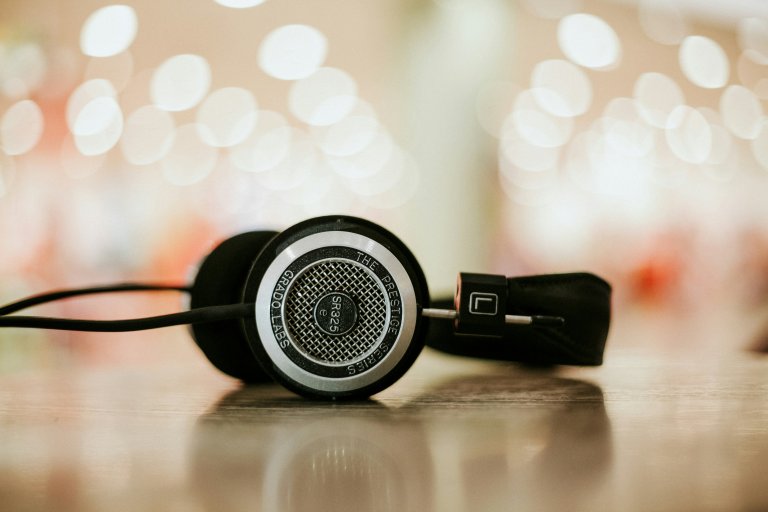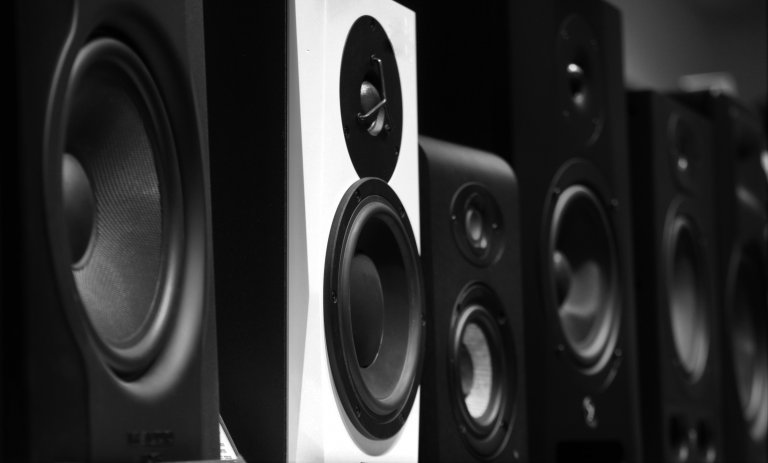22 Tips to Obtain Better Sound in a High End Audio System PART 1
Investing in a high-end audio system is a significant decision for any audiophile. The promise of crystal-clear sound and immersive experiences can be alluring, but it takes proper setup and maintenance to truly achieve the full potential of your system. In this two-part series, we will discuss 22 tips to obtain better sound in a high-end audio system. Let’s dive in!
1. Choose the Right Speakers
The foundation of any audio system is the speakers. It is essential to choose the right ones for your specific preferences and needs. Consider factors such as frequency response, power handling, and sound signature when selecting your speakers. Also, make sure they are compatible with your system’s power output to avoid any damage.
2. Room Acoustics Matter
The shape and size of your listening room can impact the sound quality of your audio system. Large, open spaces may have an echo, while small, enclosed rooms can cause sound reflections. Carpeting, curtains, and furniture can help absorb sound and improve acoustics. You can also consider acoustic treatments such as wall panels or bass traps to achieve optimum sound quality.
3. Place Your Speakers Correctly
Speaker placement is crucial in obtaining better sound in a high-end audio system. Keep your speakers at ear level and ensure they are a few feet away from walls to minimize sound reflections. Finding the ideal placement may require some experimentation, but it is worth the effort for the best sound experience.
4. Use High-Quality Cables
The quality of your cables can have a significant impact on the sound quality of your audio system. Low-quality or damaged cables can cause signal degradation, leading to subpar sound. Invest in high-quality cables, such as oxygen-free copper or silver-plated, to ensure the best sound transmission.
5. Keep Your System Clean
Dirt, dust, and other debris can negatively affect the performance of your audio system. Keep your system clean using a soft, damp cloth to wipe any buildup on the surface and vents. Also, regularly clean the connectors to ensure a secure and clear connection.
6. Avoid Overcrowding
It can be tempting to add more components to your audio system, but overcrowding can lead to interference and, ultimately, hinder sound quality. Leave some space between each component to avoid any interference or heat buildup.
7. Turn Off Unnecessary Electronics
Electromagnetic interference from other electronic devices can affect the performance of your audio system. Turn off any unnecessary electronics in your listening room, such as TVs or gaming consoles, to reduce interference and achieve better sound.
8. Invest in a Good Amplifier
An amplifier is the power source for your speakers and can significantly impact the sound quality. Investing in a high-quality amplifier can improve the clarity, dynamics, and overall sound of your audio system. Make sure to match the power output of the amplifier to that of your speakers for the best results.
9. Properly Ground Your System
Grounding is crucial for eliminating noise and interference in your system. Make sure to use a high-quality ground cable and connect it securely to the ground terminal on your amplifier or receiver. This simple step can significantly improve the sound quality of your audio system.
10. Use Speaker Spikes or Stands
If your speakers are not already equipped with spikes, consider adding them or using speaker stands to improve sound quality. Spikes help to decouple the speakers from the floor, reducing vibrations and improving sound clarity. Stands also help raise the speakers to ear level for better sound projection.
11. Pay Attention to Source Material
The quality of your audio source material can significantly affect the sound quality of your system. Make sure to use high-quality recordings, such as lossless audio files or vinyl records, for the best sound experience. Avoid compressed or low-quality files as they can limit the potential of your audio system.
12. Use Proper Speaker Wire Gauge
Choosing the correct gauge for your speaker wire is essential for efficient power transfer and, ultimately, better sound quality. Consider the distance between your amplifier and speakers when selecting the wire gauge. A higher gauge wire may be required for longer distances to avoid signal loss.
13. Keep Your System Balanced
A balanced audio system is crucial for obtaining better sound. Make sure to match the impedance of your speakers to that of your amplifier or receiver. Check your manufacturer’s specifications for guidance, as mismatched impedances can cause distortion or damage to your equipment.
14. Calibrate Your System
Many audio systems come with calibration tools or can be calibrated using external devices. Calibration helps fine-tune the sound levels and eliminate any potential issues such as room modes or speaker placement problems. Take the time to calibrate your system correctly for the best sound experience.
15. Proper Room Temperature
The temperature of your listening room can affect your audio system’s performance. Keep your system in a well-ventilated room with a stable temperature, as heat can affect the components’ performance. Also, avoid exposure to direct sunlight, as it can cause damage to your equipment.
16. Use Isolation Pads
Isolation pads can help minimize vibrations and resonance from your speakers to the surface they are placed on. By reducing these vibrations, you can achieve better sound quality and avoid annoyances such as rattling or muffled bass.
17. Take Care of Your Vinyl Records
If you are a vinyl lover, it is vital to take care of your records to improve sound quality and extend their lifespan. Keep them clean, store them properly, and avoid touching the playing surface to avoid scratches or dust buildup. Regularly replacing the needle on your turntable can also improve sound quality.
18. Experiment with Speaker Placement
As mentioned earlier, speaker placement can significantly affect the sound quality of your audio system. Don’t be afraid to experiment and try different setups to find the best positioning for your speakers. You may be surprised by the difference it can make.
19. Use High-Quality Power Conditioner
Power conditioners help filter and stabilize the electricity flowing into your audio system. This can result in cleaner power and improved sound quality, making it a worthy investment for your high-end audio system.
20. Invest in Quality Record Cleaning Kit
If you use vinyl records, investing in a quality record cleaning kit can significantly improve the sound quality and extend the lifespan of your records. Clean records will produce less noise and allow for better tracking, resulting in clearer and more dynamic sound.
21. Avoid Placing Speakers on the Same Surface
Placing your speakers on the same surface, such as a bookshelf or table, can cause interference and affect sound quality. If possible, use separate stands or shelves for each speaker to avoid any issues.
22. Keep Your System Well-Maintained
Regular maintenance is crucial for keeping your high-end audio system performing at its best. Dusting and cleaning components, checking connections, and replacing any worn out parts can help improve longevity and sound quality. Make sure to follow the manufacturer’s recommended maintenance schedule for your specific system.
These were the first 22 tips to obtain better sound in a high-end audio system. Stay tuned for Part 2, where we will cover the remaining tips to elevate your audio experience to the next level. Happy listening!

